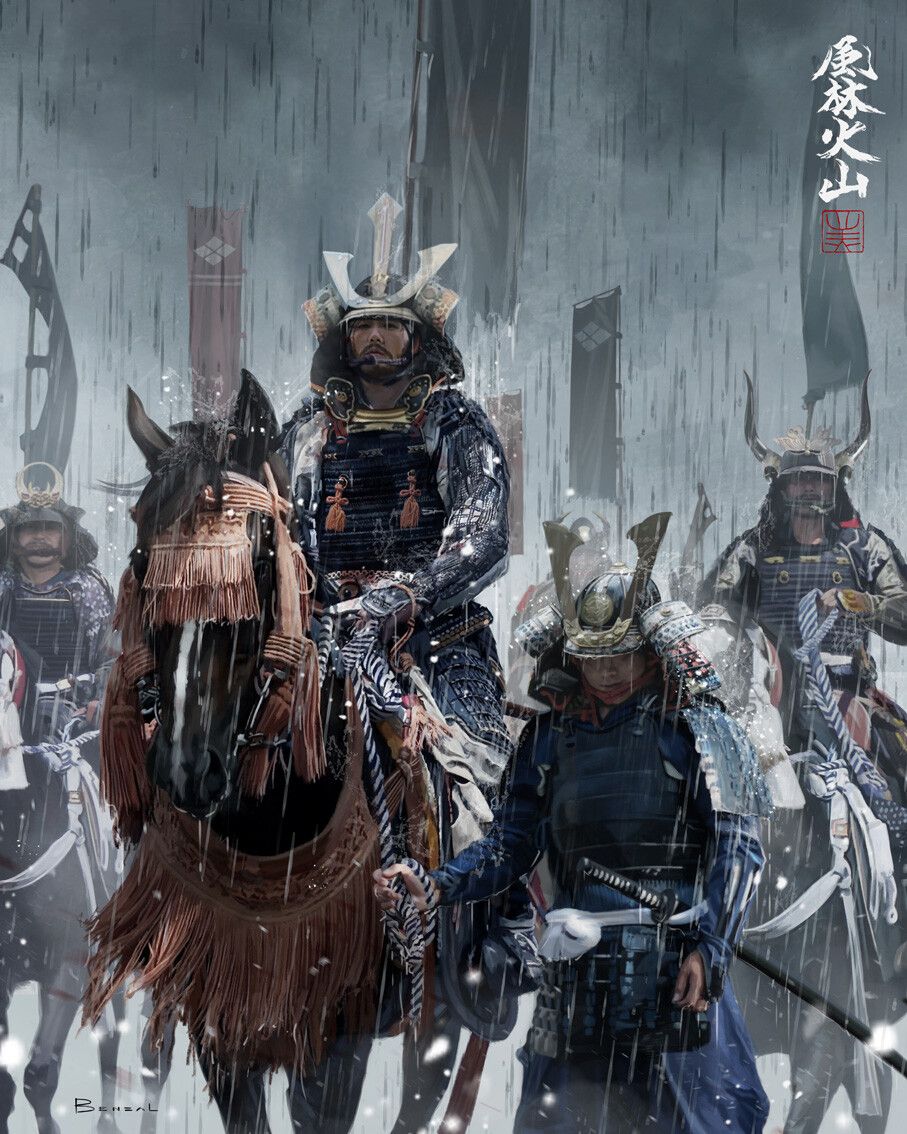
Azuchi–Momoyama Period
Kyoto, JapanIn the latter half of the 16th century, Japan underwent a significant transformation, moving towards reunification under the leadership of two influential warlords, Oda Nobunaga and Toyotomi Hideyoshi. This era is known as the Azuchi–Momoyama period, named after their respective headquarters.[57] The Azuchi–Momoyama period was the final phase of the Sengoku Period in Japanese history from 1568 to 1600. Nobunaga, who hailed from the small province of Owari, first gained prominence in 1560 by defeating the powerful daimyō Imagawa Yoshimoto at the Battle of Okehazama. He was a strategic and ruthless leader who utilized modern weaponry and promoted men based on talent rather than social standing.[58] His adoption of Christianity served a dual purpose: to antagonize his Buddhist enemies and to form alliances with European arms dealers.
Nobunaga's efforts towards unification received a sudden setback in 1582 when he was betrayed and killed by one of his officers, Akechi Mitsuhide. Toyotomi Hideyoshi, a former servant turned general under Nobunaga, avenged his master's death and took over as the new unifying force.[59] He achieved complete reunification by defeating the remaining opposition in regions like Shikoku, Kyushu, and eastern Japan.[60] Hideyoshi enacted comprehensive changes, such as confiscating swords from peasants, imposing restrictions on daimyōs, and conducting a detailed land survey. His reforms largely set the societal structure, designating cultivators as "commoners" and freeing most of Japan's slaves.[61]
Hideyoshi had grand ambitions beyond Japan; he aspired to conquer China and initiated two large-scale invasions of Korea starting in 1592. These campaigns, however, ended in failure as he couldn't overpower Korean and Chinese forces. Diplomatic talks between Japan, China, and Korea also reached an impasse as Hideyoshi's demands, including the division of Korea and a Chinese princess for the Japanese emperor, were rejected. The second invasion in 1597 similarly failed, and the war ended with Hideyoshi's death in 1598.[62]
After Hideyoshi's death, internal politics in Japan became increasingly volatile. He had appointed a Council of Five Elders to govern until his son, Toyotomi Hideyori, was of age. However, almost immediately after his death, factions loyal to Hideyori clashed with those supporting Tokugawa Ieyasu, a daimyō and former ally of Hideyoshi. In 1600, Ieyasu won a decisive victory at the Battle of Sekigahara, effectively ending the Toyotomi dynasty and establishing Tokugawa rule, which would last until 1868.[63]
This pivotal period also witnessed several administrative reforms aimed at promoting commerce and stabilizing society. Hideyoshi took measures to simplify transportation by eliminating most toll booths and checkpoints and conducted what are known as the "Taikō surveys" to assess rice production. Moreover, various laws were enacted that essentially solidified social classes and segregated them in living areas. Hideyoshi also conducted a massive "sword hunt" to disarm the populace. His reign, although short-lived, laid the foundation for the Edo Period under the Tokugawa shogunate, initiating nearly 270 years of stable rule.
